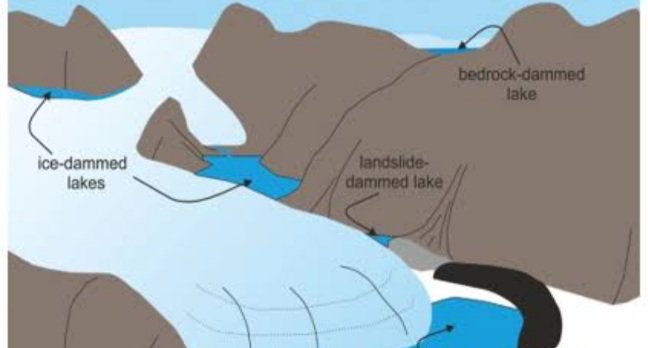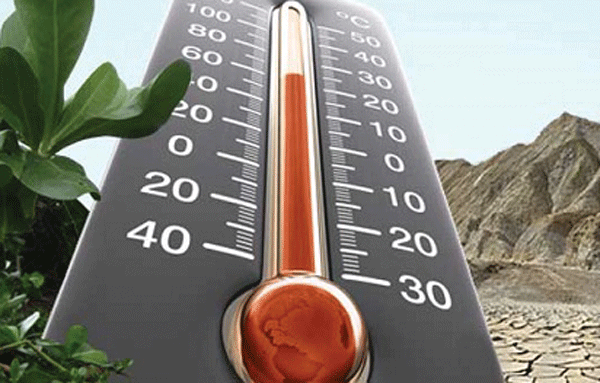ML Verma/ Shimla, Nov 3
The Himalayan region is facing a significant threat from climate change. A recent report by the Central Water Commission (CWC) highlights the rapid expansion of glacial lakes, driven by rising temperatures and accelerated glacier melt. This expansion poses a serious risk of glacial lake outburst floods (GLOFs), which can have devastating consequences for downstream communities, infrastructure, and ecosystems.
Between 2011 and 2024, the surface area of glacial lakes across the Himalayas increased by 10.81%. In India, this expansion is even more pronounced, reaching 33.7%. This rapid growth has heightened the risk of GLOFs, as unstable glacial lakes can breach their natural dams, releasing large volumes of water and debris.
To mitigate these risks, urgent action is required. Continuous monitoring using advanced satellite technologies is crucial to track lake expansion and identify high-risk areas. Additionally, cross-border collaboration between countries sharing the Himalayan watershed is essential for effective early warning systems and coordinated response efforts.
Community awareness and preparedness are vital. Regular updates, educational outreach, and disaster preparedness drills can empower communities to respond effectively to potential GLOF threats. Furthermore, infrastructure development, such as buffer zones and artificial drainage channels, can help manage the outflow from high-risk glacial lakes.
Addressing climate change at both local and global levels is crucial to slow down glacier melt and reduce the frequency and intensity of GLOFs. By taking comprehensive and proactive measures, we can safeguard the fragile ecosystems and communities that depend on the Himalayan region’s vital water resources.






